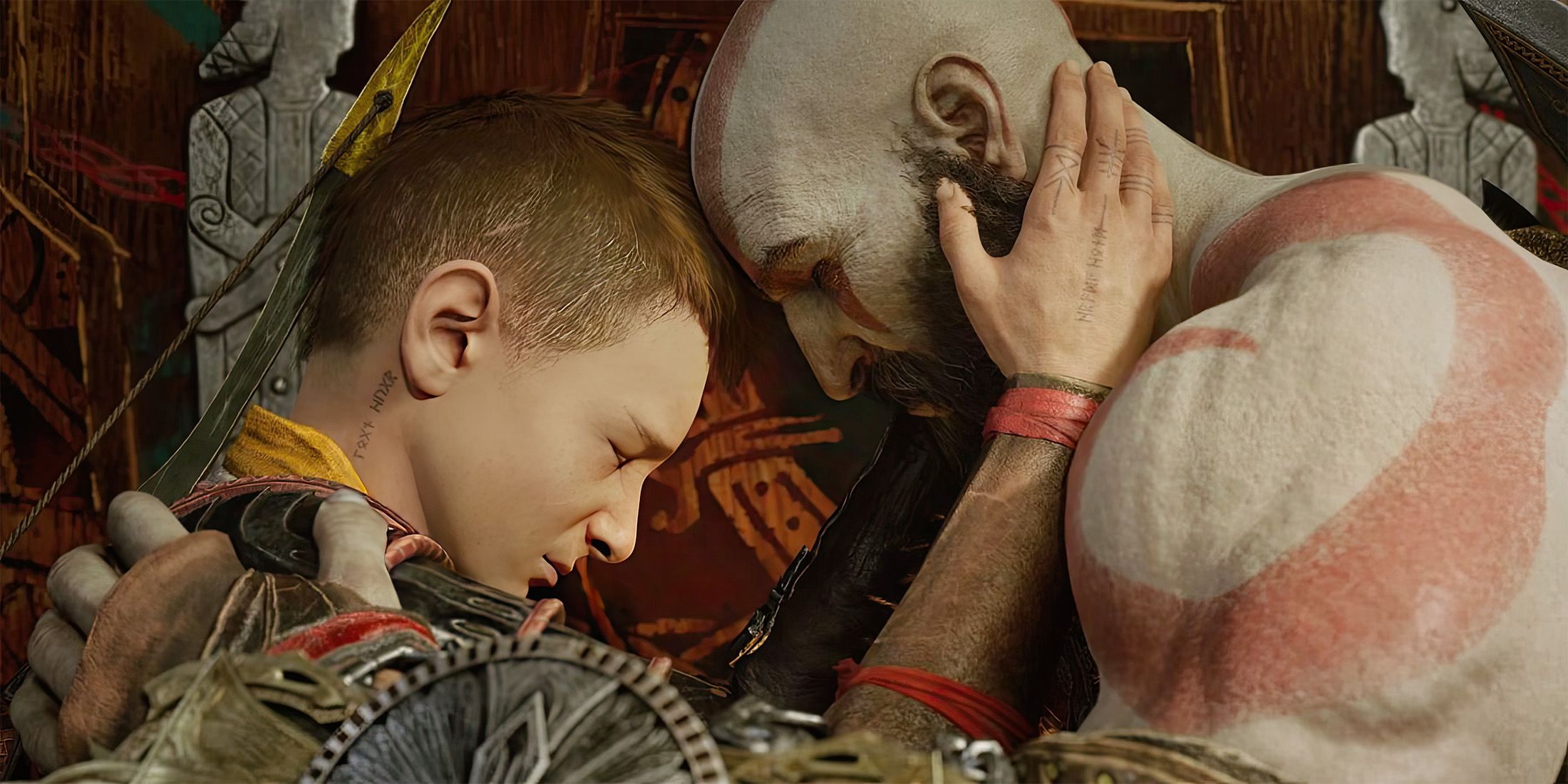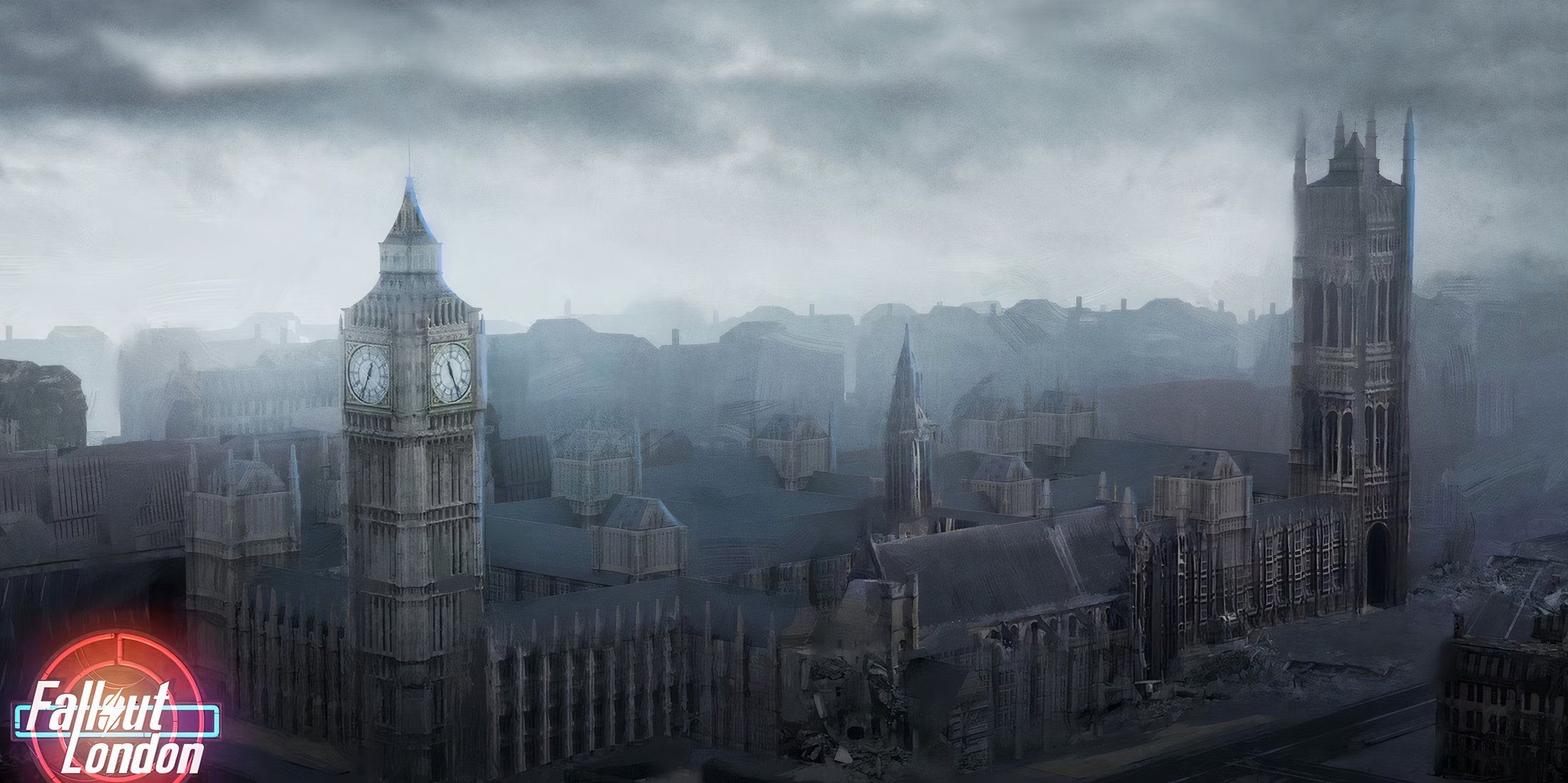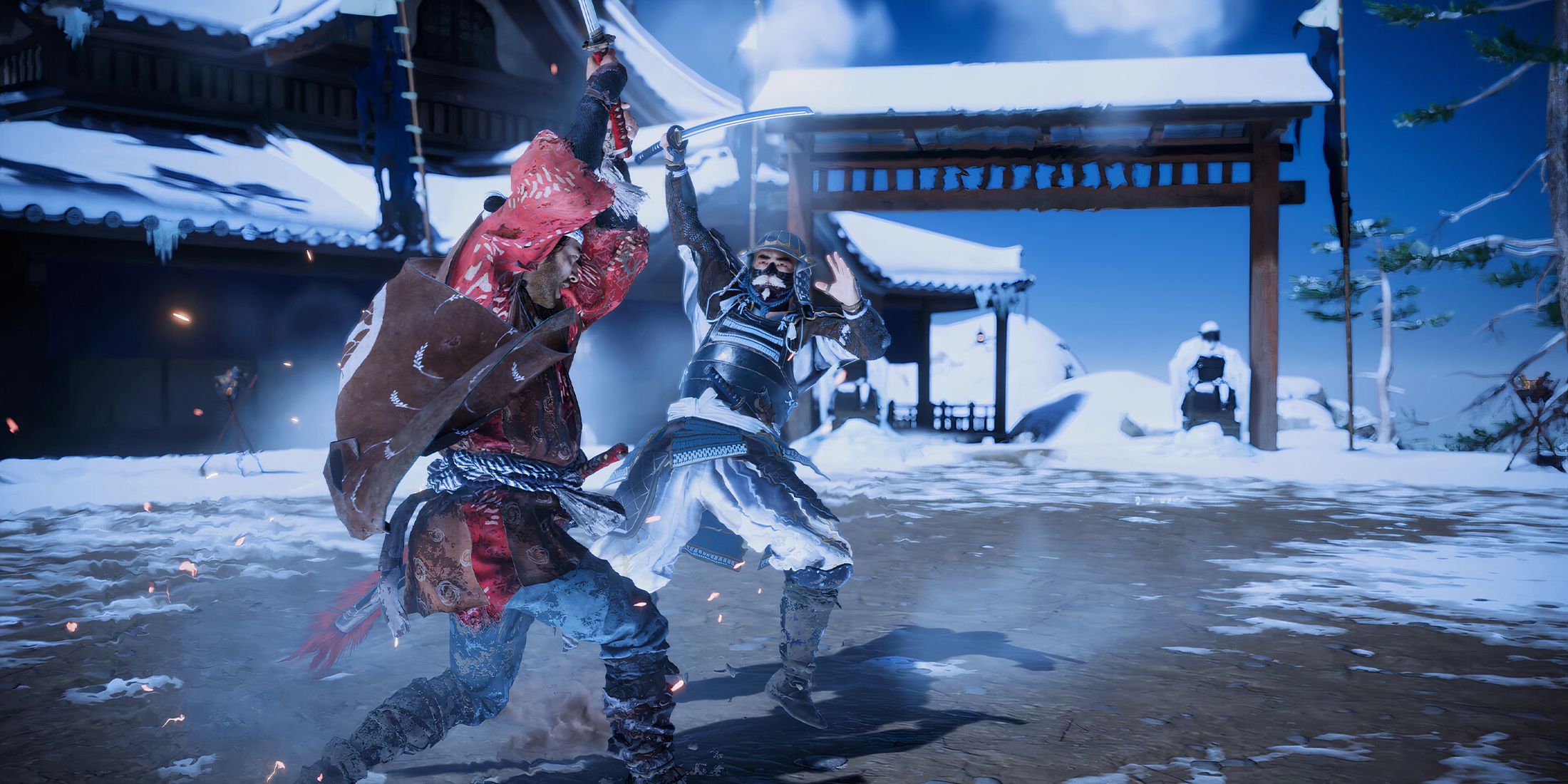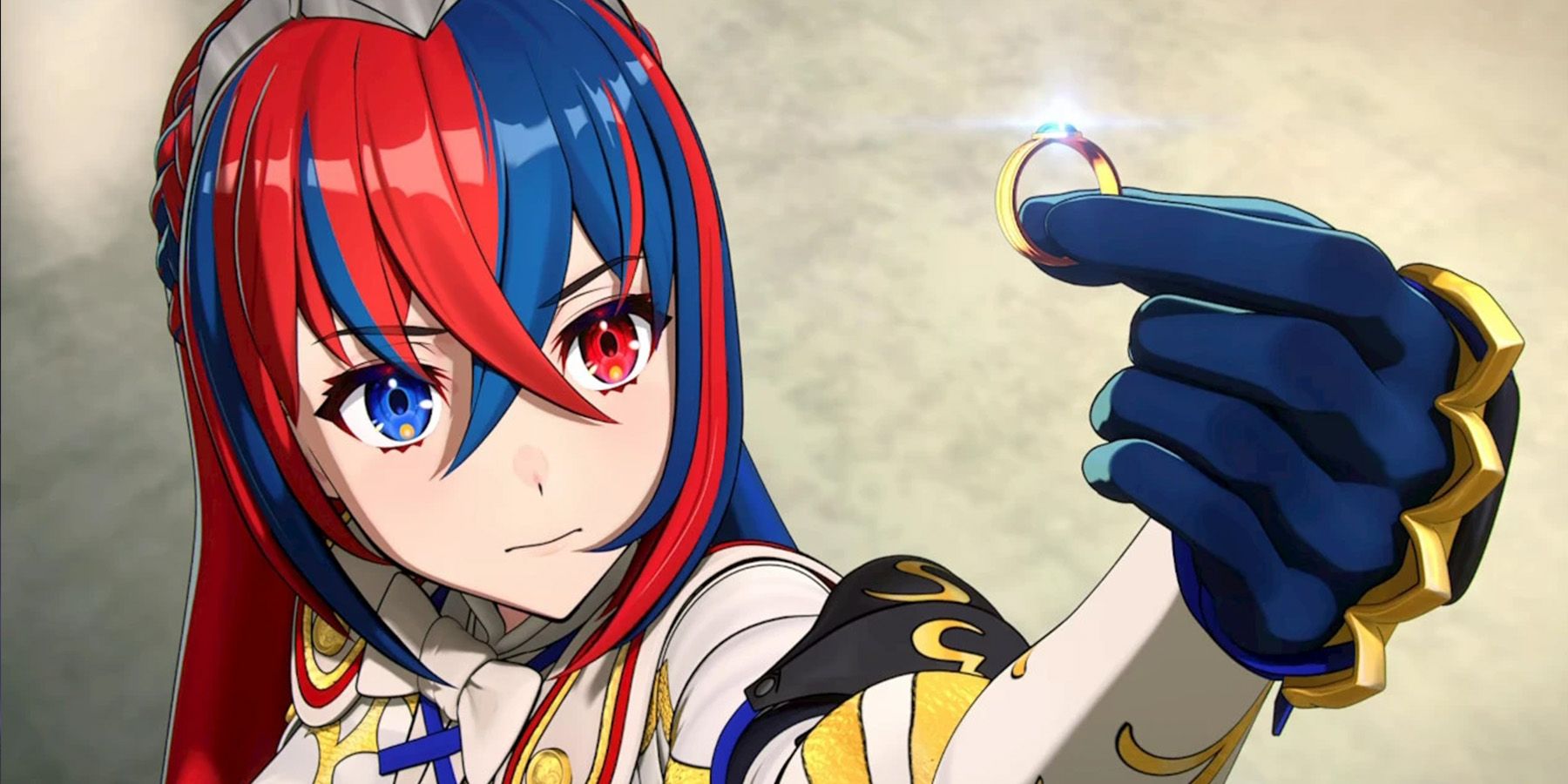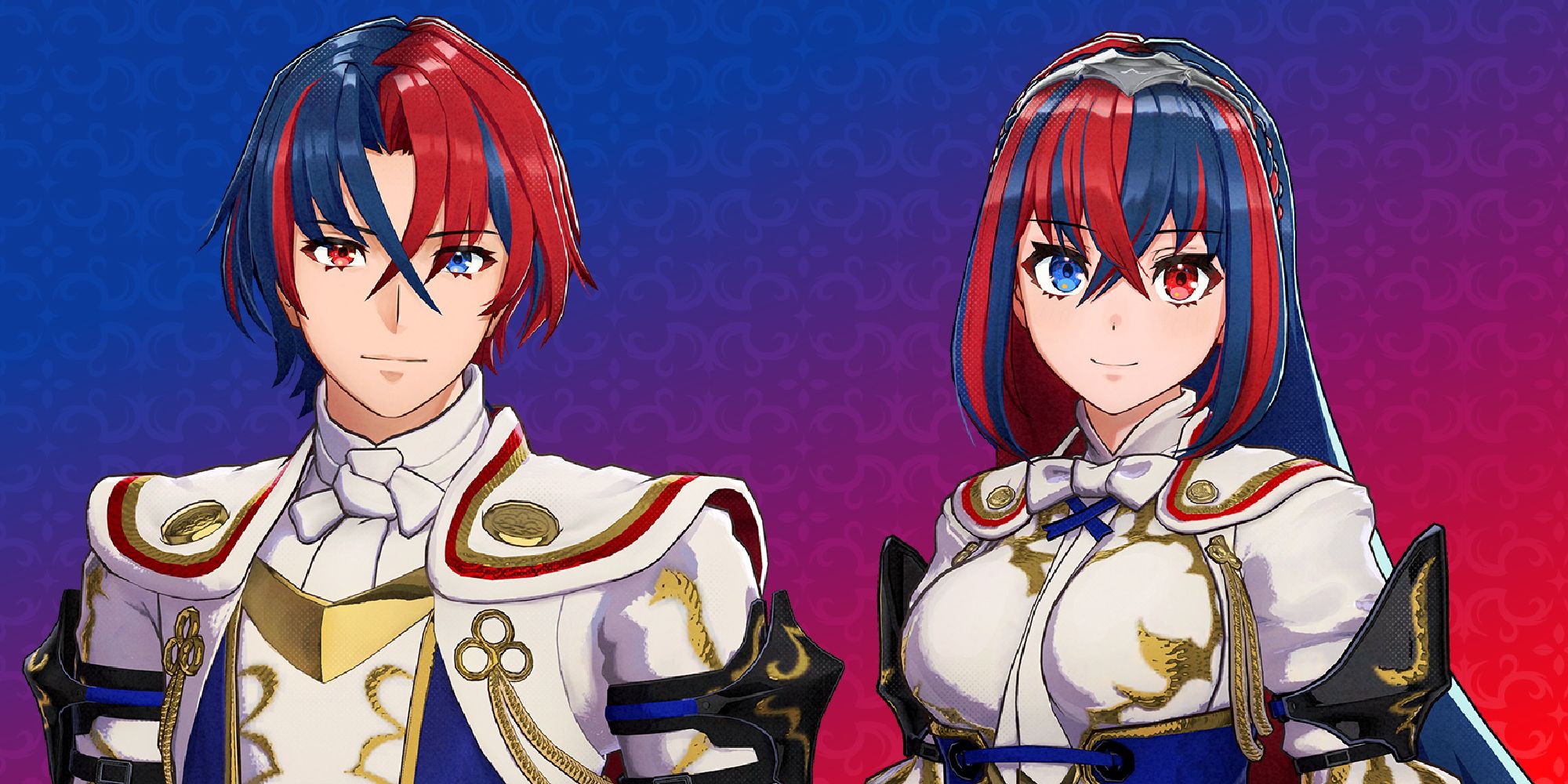WARNING: Spoilers for Fire Emblem Engage ahead. Proceed at your own risk.
The initial discussion surrounding Fire Emblem Engage after its reveal was largely centered on the very bold design for its new protagonist. The Divine Dragon, Alear, who serves as the main character for Fire Emblem Engage was met with mixed reactions as many fans found their bright red and blue color scheme jarring and a far cry from the design choices of past protagonists. While Alear's design was controversial upon first reveal, after experiencing their character in game, the design is much more palatable and even helps enhance their character growth.
Alear had big shoes to fill as the first fully-voiced avatar character in a mainline Fire Emblem game. Coming off the heels of the fully-voiced Byleth and Shez in the spin-off title Fire Emblem Warriors: Three Hopes, Alear was in a position to set a new precedent for the writing and characterization of player avatars in more traditional Fire Emblem games. However, their design being so unappealing to fans upon first look dealt a harsh blow to the character, which undeservedly skewed expectations and created an uphill battle for the Divine Dragon to overcome among players when the game finally released.
Alear's Character Makes Up for Their Controversial Design
What caused such a distaste for Alear's design was the use of contrasting reds and blues against a stark white outfit to create what many saw as an over-designed, overly vibrant look for the character. Having their hair be split between red on one half and blue on the other seemed like a silly design choice without prior context of its in-game reasoning for being that way. The very vibrant color palette was quite a drastic jump from typically more subdued tones for Fire Emblem protagonists, leading fans to draw lines in the sand on whether they loved or hated Alear's design.
However, Alear doesn't deserve to be judged too harshly for their visual design as their character growth over the course of Fire Emblem Engage's story more than makes up for it. Their story is one tragic event after another starting with the untimely death of their mother, Fire Emblem Engage's Queen Lumera, shortly after their reunion following a 1,000-year slumber. What's more, the death and resurrection of Alear on more than one occasion prove their resilience and determination as a character, one that helps push them forward even when having to face off against the corrupted version of Lumera in one of the game's final chapters.
Their design even has in-universe justification as one of the major twists of the game is the revelation that Alear is not a Divine Dragon by birth, but a Fell Dragon and child of Lord Sombron. His original appearance is that of the red half of his design, and he only starts to gain the blue side after forming a bond with the Divine Dragon Lumera, who shortened her own life so that Alear could become a Divine Dragon themselves. With this context in mind, their design makes a lot more sense and further establishes them as a well-written character with thoughtful design behind them.
Alear's design in Fire Emblem Engage doesn't have to be every player's cup of tea, but it's at least worth acknowledging that their design holds more significance than originally meets the eye. As such, it's important to keep in mind the reasoning that goes into design choices when developers are creating certain characters and reserve judgment until after seeing them in the game. While not the most compelling protagonist in the series, Alear is far from a bland, one-note character and should be remembered for their emotional story arc rather than controversial appearance.
Fire Emblem Engage is available now for Nintendo Switch.

